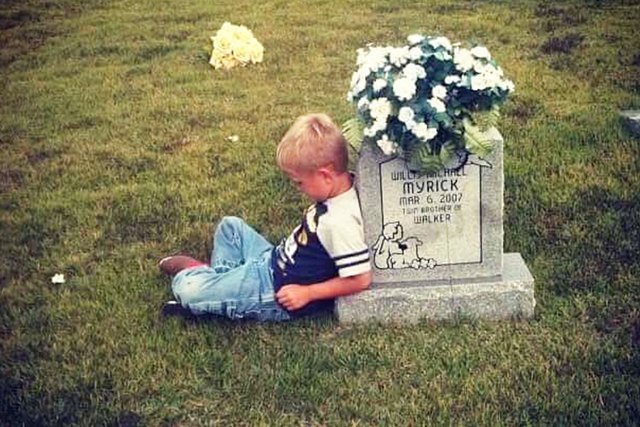Classroom responses to death
More and more, teachers are being called upon to help families with their problems. Taking in-service courses and continuing education courses related to death and dying will prepare teachers to meet these needs. These courses also can help teachers work through their own unfinished business. More over, knowing when to encourage the family to get professional help and where resources are available are important services.
The topic of death and dying taps into many emotions. Many of the concerns of children and their families are beyond a teacher's ability to help, especially when death was sudden and unexpected like in the case of suicide, murder or accidents. Part of the study of death and dying for classroom teachers is to develop an understanding of their boundaries and the differences between education, supportive behaviors, and psychotherapy.
The school psychologist, counselor, and principal should be sought when in-depth interventions are needed; they can be encouraged to develop a school plan and a list of mental health professionals in the area for referral. This plan should include establishing a crisis intervention team specifically trained to help in sensitive and emergency situations. The school plan then must be made known to all teachers. The best gift teachers can give their students is a caring heart and a place for children to go. Children know when the teacher is their friend.
Teachers who hesitate to deal with death in the classroom can rest assured that their students already do so. Young children often are observed playing imaginary games involving killing and death themes in which one or more of the participants die for the fun of it all. When asked during a recent puberty lesson what they feared most about growing up, almost one-third of a sample of fifth-graders filled in the blank with one of the following words: death, dying, AIDS, getting killed, violence. For some kids, growing up is synonymous with getting closer to death.

Many children are very spiritually aware. Children often feel the presence of or have dreams about the departed one. Other times they smell a familiar perfume or have similar sensory experience that brings up a vivid memory. This seems to be a kind of knowing that they are not alone. Validating their experiences helps them externalize their grief. They want to be assured that they are not crazy. Some students have told of having a premonition that someone was going to die. Within the classroom, this topic may arise spontaneously when discussing funeral and other rituals that help people grieve. Asking the question, "Did you feel your loved one's presence at any time after his/her death?" can introduce the topic for class discussion or through drawings or writings. Whatever a teacher's beliefs, he or she needs to provide an environment wherein children can express their thoughts and feeling about death, even if it's spiritual.
Teachers can reach out to the silent sufferers if they know and understand how and why children react to loss, especially as it affects their school performance. Before teachers can help others, however, they need to look at their own experiences with loss and death and recognize their own issues and unfinished business.
Some questions teachers can ask themselves is search of understanding are:
- How wad death treated in my family when I was a child?
- What were my family's messages about death?
- Have I mourned the losses in my life?
- Can I talk about death?
- Am I comfortable allowing children to cry and externalize their grief?
Only when teachers are aware of and work through their own issues can they teach about death and help others. Otherwise children can immediately sense their teacher's discomfort and may censor their responses accordingly. Understanding how children mourn will help teachers to be more responsive to their needs. When children see adults being sad, it can empower them to acknowledge their own feelings.
Children's books are filled with themes about death and dying, especially the Bible. To some children, quoting the Bible may be comforting but depending on culture, it also may not be comforting at all. The teacher needs to be aware of the cultural context within which a family experiences death.
Resources & extra reading:
Grief awareness | Dealing with loss | Coping with grief

